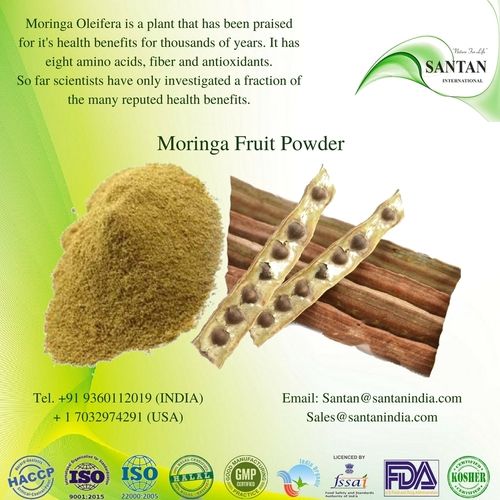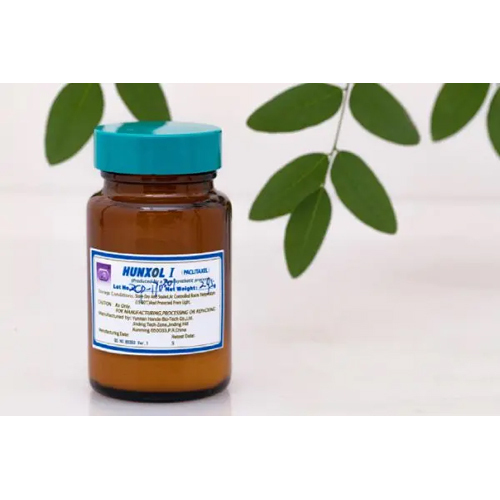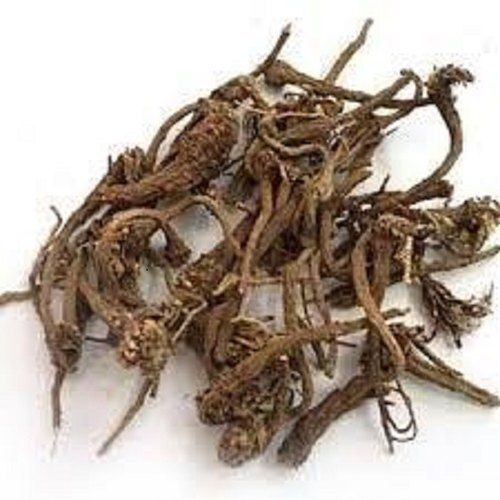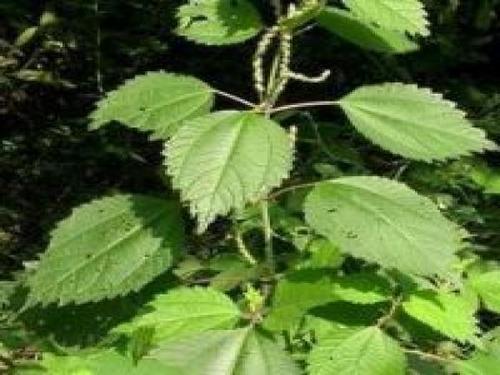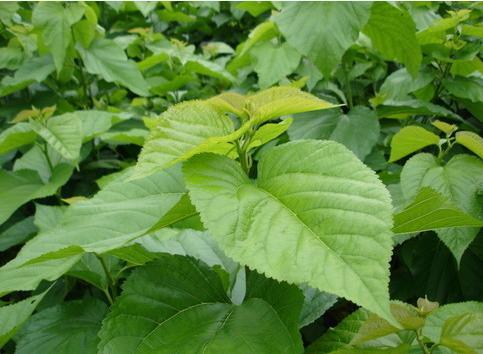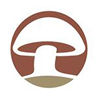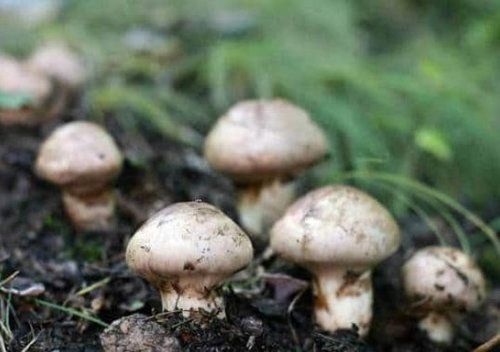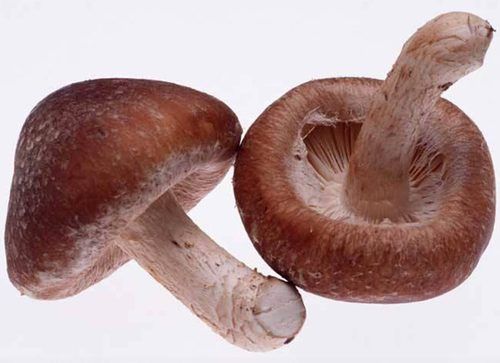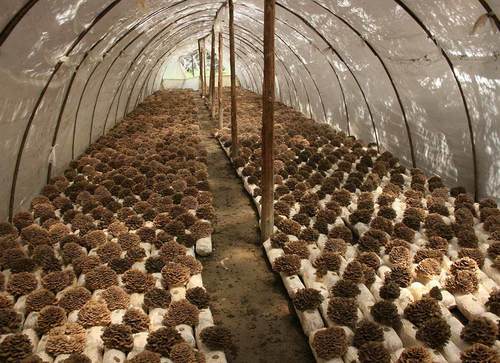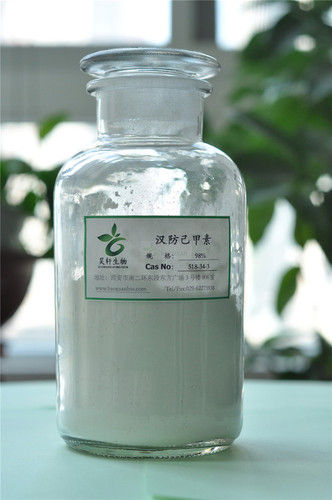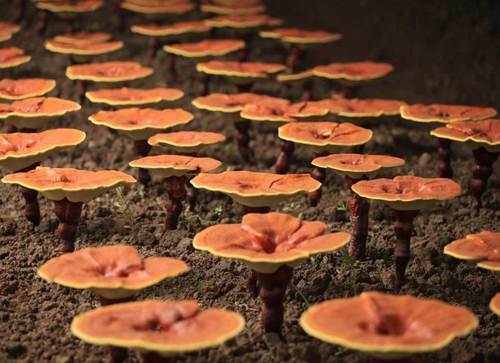
Lingzhi Spore Powder
Price:
Get Latest Price
In Stock
Product Specifications
| Payment Terms | Letter of Credit at Sight (Sight L/C), Telegraphic Transfer (T/T), Paypal |
| Packaging Details | 25kg/P.E bag/Drum |
| Main Export Market(s) | Australia, North America, Eastern Europe, Western Europe, Middle East, South America, Asia, Central America |
Product Overview
Key Features
Edible Lingzhi Spore Powder
TheA Lingzhi MushroomA is a polypore mushroom belonging to the genus Ganoderma. Its red-varnished, kidney-shaped cap gives it a distinct appearance. When fresh, the lingzhi is soft, cork-like, and flat. It lacks gills on its underside, and instead releases its spores via fine pores. Depending on the age of the mushroom, the pores on its underside may be white or brown.
Lingzhi mushroom is used in traditional Chinese medicine. In nature, it grows at the base and stumps of deciduous trees, especially that of the maple. Only two or three out of 10,000 such aged trees will have lingzhi growth, and therefore its wild form is extremely rare. Today, lingzhi is effectively cultivated on hardwood logs or sawdust/woodchips.
Taxonomy and Ecology
It is part of a species complex that encompasses several fungal species. The most common and closely related species are Ganoderma lucidum (see also Scytalidopepsin B) and Ganoderma tsugae. There are multiple species of lingzhi encompassed within the Ganoderma lucidum species complex and mycologists continue researching the differences among species within this complex.
Nomenclature
Petter Adolf Karsten named the genus Ganoderma in 1881. English botanist William Curtis gave the fungus its first binomial name, Boletus lucidus, in 1781.The lingzhi's botanical names haveGreek and Latin roots. Ganoderma derives from the Greek ganos (I I I I?I ; "brightness"), and derma (I'IuI I I ; "skin; together; shining skin"). The specific epithet, lucidum, is from Latin, meaning "shining".
With the advent of genome sequencing, the genus Ganoderma has undergone taxonomic reclassification. Prior to genetic analyses of fungi, classification was done according to morphological characteristics such as size and color. The internal transcribed spacer region of the Ganoderma genome is considered to be a standard barcode marker.
Company Details
Business Type
Supplier
Employee Count
10
Establishment
2015
Working Days
Monday To Sunday
Related Products
Explore Related Categories
Seller Details
Hangzhou, Zhejiang
Mushroomsextracts
Address
491, Fengqing Ave., Xiaoshan District, Hangzhou, Zhejiang, China
natural plant extract in Hangzhou
Report incorrect details






